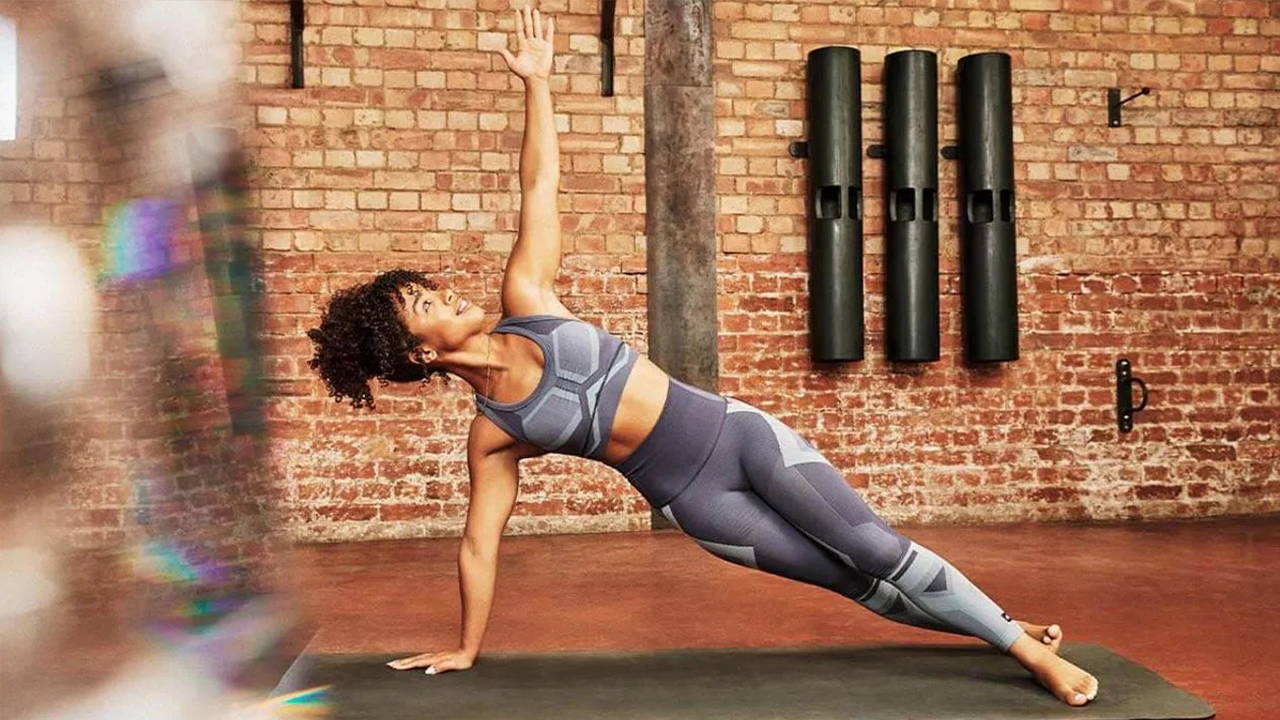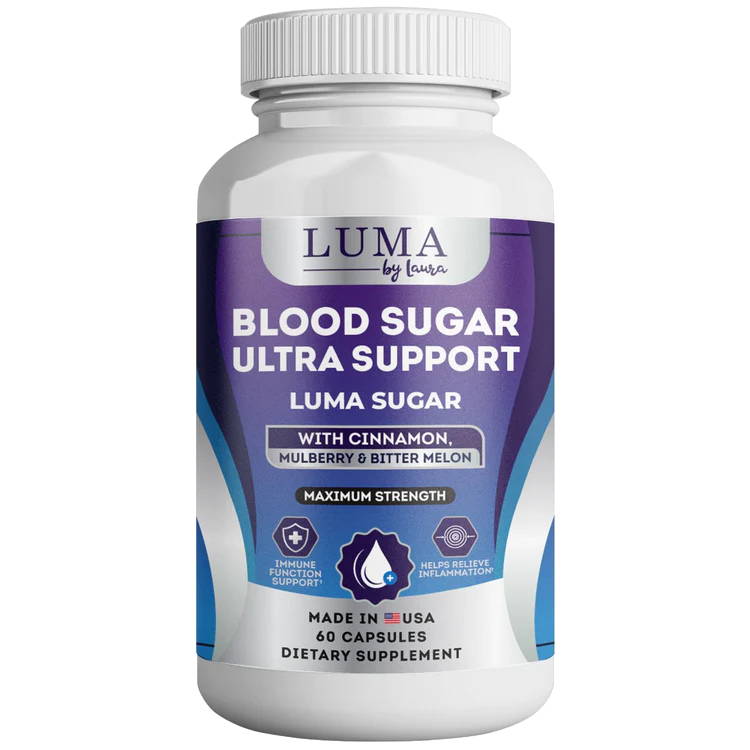A combination of aerobic and resistance training is ideal for improving blood sugar control. Activities such as walking, swimming, cycling, dancing, weight lifting, bodyweight exercises, or using resistance bands can all help manage blood sugar levels effectively.
In this comprehensive guide, we will discuss the essential role of exercise for blood sugar management as part of a healthy lifestyle, especially for those with diabetes or at risk of developing the condition. We will explore various exercises and their impact on blood sugar levels, alongside foods to lower blood sugar and herbs for blood sugar control. Additionally, we will provide tips for creating an effective exercise routine and discuss precautions to consider when exercising with diabetes. Lastly, we will also answer some frequently asked questions related to exercise, food, herbs, and how to reduce blood sugar level immediately.
How does exercise help control blood sugar levels?
Types of exercises for blood sugar management
How often should you exercise to manage blood sugar
Tips for creating an effective exercise routine
What precautions should be taken when exercising with diabetes?
Signs of low blood sugar during exercise
Can exercise cause high blood sugar levels?
Managing exercise-induced hyperglycemia
Summary
Frequently Asked Questions
What is the best exercise for blood sugar control?
How long after eating should I exercise to control blood sugar?
Waiting at least one to two hours after a meal before exercising is generally recommended. This allows your blood sugar levels to stabilize, reducing the risk of hypoglycemia or hyperglycemia during exercise.
Can exercise help prevent type 2 diabetes?
Yes, regular exercise can help prevent type 2 diabetes by improving insulin sensitivity, aiding in weight management, and reducing the risk of other contributing factors like high blood pressure and high cholesterol.
How can I safely exercise with diabetes?
Before starting any exercise program, consult with your healthcare provider. Monitor your blood sugar levels before, during, and after exercise, and be prepared to make adjustments to your routine, insulin dosage, or carbohydrate intake as needed. Also, wear appropriate footwear and check your feet regularly for signs of injury or infection.
What should I do if my blood sugar is too high or too low before exercise?
If your blood sugar is too high before exercise (above 250 mg/dL with ketones present), it's best to wait until your levels decrease before engaging in physical activity. If your blood sugar is too low (below 100 mg/dL), consume a small carbohydrate-containing snack before exercising to raise your levels. Always consult with your healthcare provider for personalized guidance on managing your blood sugar levels during exercise.
Recent Posts
Author

Michael has a diverse set of skills and passions, with a full-time career as an airline pilot and a dedicated focus on health and fitness consulting. He understands the importance of balancing a busy lifestyle with maintaining a healthy mind and body, and is committed to helping others achieve the same success. Michael's expertise in health and fitness is not just limited to physical training, but also extends to nutrition, stress management, and overall wellbeing. He takes a holistic approach to health and fitness, helping clients to achieve their goals in a sustainable and fulfilling way. With a strong desire to inspire and motivate others, Michael is always ready to share his time and knowledge with those who seek his guidance. Whether in the air or on the ground, Michael is dedicated to helping others live their best lives.





